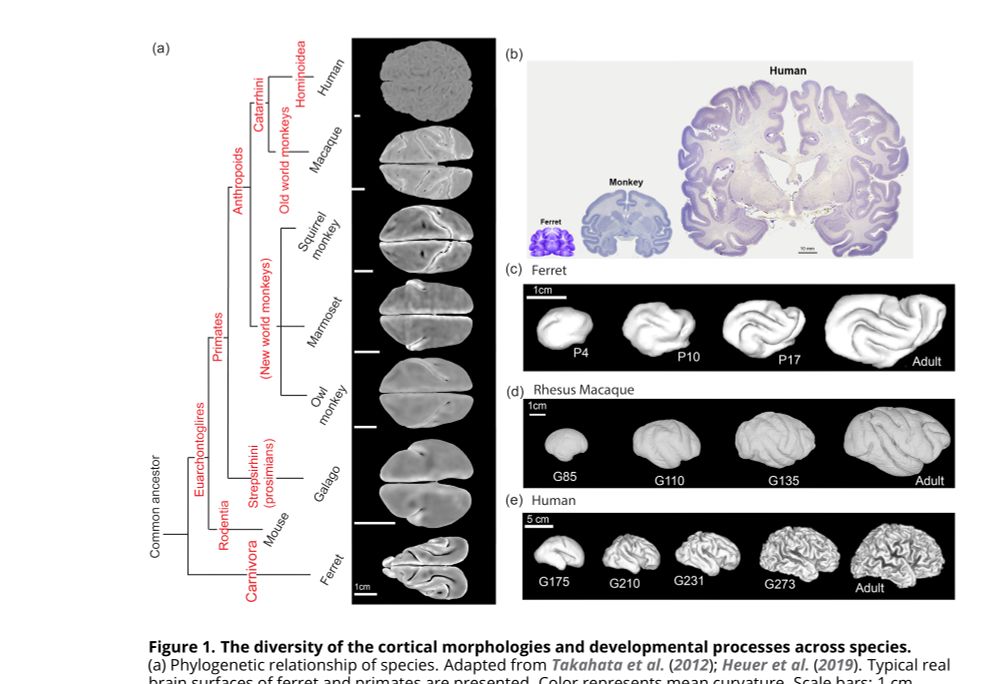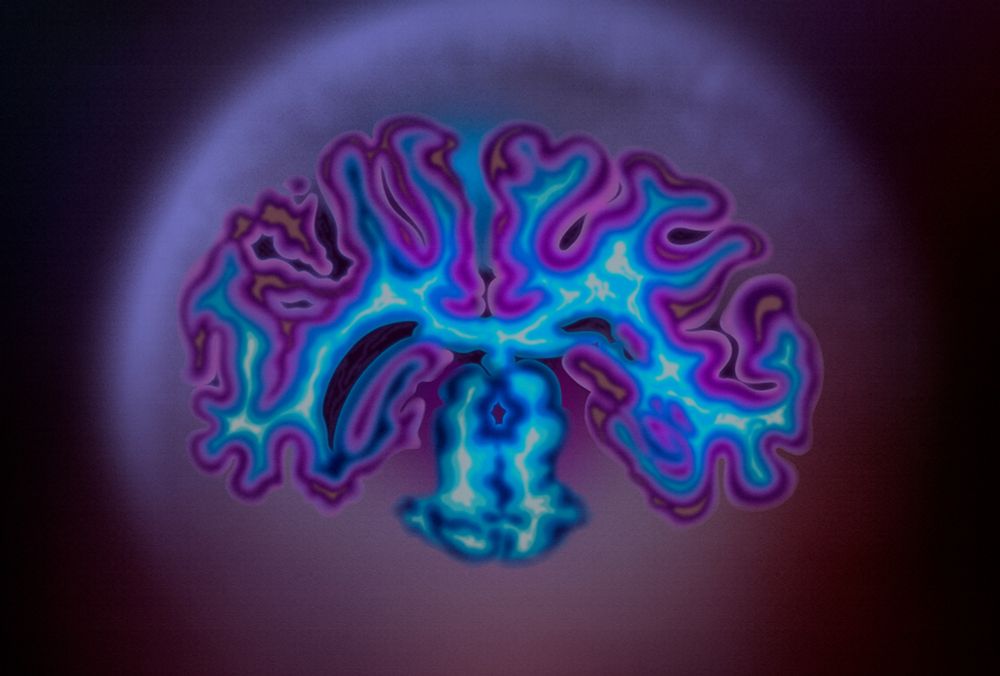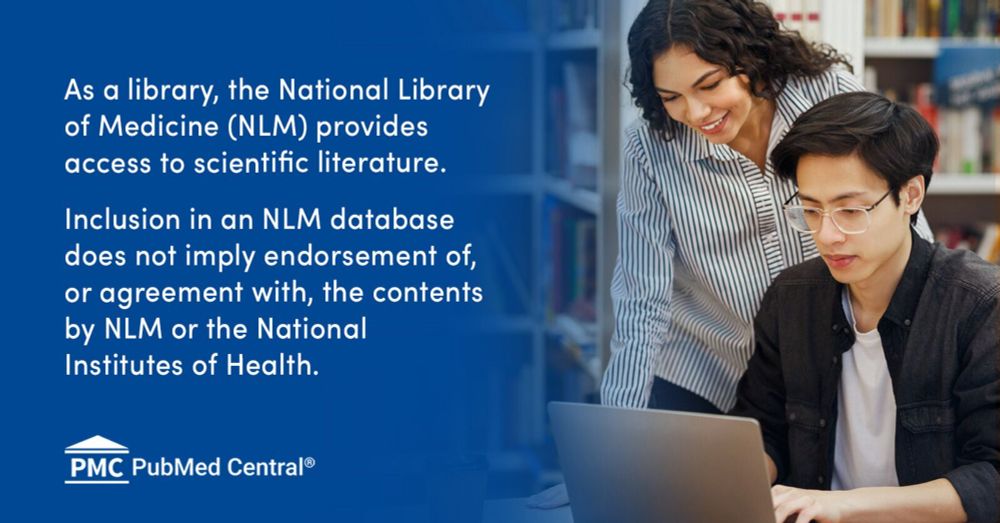
SFARI Fellows-to-Faculty | Burroughs Wellcome Fund | Leading Edge Fellow | NASEM/Ford Fellow
Weill Cornell Medicine & Columbia University
www.amandabuch.com
The #SfN25 Virtual Component has you covered with on-demand access to livestreamed sessions.
Plus explore virtual posters and join ongoing discussions.
Don’t let scheduling conflicts limit your learning.
🔗 vist.ly/4f3m3
#neurosky #neuroskyence

The #SfN25 Virtual Component has you covered with on-demand access to livestreamed sessions.
Plus explore virtual posters and join ongoing discussions.
Don’t let scheduling conflicts limit your learning.
🔗 vist.ly/4f3m3
#neurosky #neuroskyence
Morphogenesis and morphometry of brain folding patterns across species | bioRxiv www.biorxiv.org/content/10.1...

Morphogenesis and morphometry of brain folding patterns across species | bioRxiv www.biorxiv.org/content/10.1...
We tested whether brief striatal dopamine release events influence the vigor of skilled movements. Despite popular belief, we did not find any evidence linking rapid dopamine dynamics to motor vigor on a moment-by-moment basis.

We tested whether brief striatal dopamine release events influence the vigor of skilled movements. Despite popular belief, we did not find any evidence linking rapid dopamine dynamics to motor vigor on a moment-by-moment basis.
#neuroskyence
bit.ly/47MXYLH

#neuroskyence
bit.ly/47MXYLH
www.nature.com/articles/s41...

www.nature.com/articles/s41...

www.nbcnews.com/tech/tech-ne...
But it is also quite frustrating 🧵>>

www.nbcnews.com/tech/tech-ne...
But it is also quite frustrating 🧵>>
Speaking of HMMs, really enjoyed this paper on dynamics underlying resting state and other conditions. The idea of a baseline state from which excursions lead to more integrated states is really interesting.
doi.org/10.7554/eLif...
#neuroskyence

Speaking of HMMs, really enjoyed this paper on dynamics underlying resting state and other conditions. The idea of a baseline state from which excursions lead to more integrated states is really interesting.
doi.org/10.7554/eLif...
#neuroskyence
@lucinauddin.bsky.social presenting at the University of Maryland

@lucinauddin.bsky.social presenting at the University of Maryland


The GTA now has an additional 750 datasets, including 80+ mouse whole-brain light sheet microscopy images as well as the first macaque datasets.
🔗 https://portal.brain-map.org/genetic-tools/genetic-tools-atlas
#neuroskyence

The GTA now has an additional 750 datasets, including 80+ mouse whole-brain light sheet microscopy images as well as the first macaque datasets.
🔗 https://portal.brain-map.org/genetic-tools/genetic-tools-atlas
#neuroskyence
go.nature.com/48QfMYq

go.nature.com/48QfMYq

Using 2 independent 7T fMRI datasets (HCP & our PNI dataset 🧲 💅 ), we found that intersubject synchronization 👯 during movies aligns closely with cortical gradients 🌈, especially along the visual-to-transmodal axis
by Meaghan Smith & a terrific team ↙️
doi.org/10.1101/2025...

Using 2 independent 7T fMRI datasets (HCP & our PNI dataset 🧲 💅 ), we found that intersubject synchronization 👯 during movies aligns closely with cortical gradients 🌈, especially along the visual-to-transmodal axis
by Meaghan Smith & a terrific team ↙️
doi.org/10.1101/2025...


📍 Toronto + Online: fields.utoronto.ca/activities/2...
🎙️ Talks by VanRullen, @neurograce.bsky.social, Eliasmith, Pitkow, Kanai, Thompson & more.
📍 Toronto + Online: fields.utoronto.ca/activities/2...
🎙️ Talks by VanRullen, @neurograce.bsky.social, Eliasmith, Pitkow, Kanai, Thompson & more.
This looks super cool; by @jtheriault.bsky.social
By the way congrats really!

This looks super cool; by @jtheriault.bsky.social
By the way congrats really!
Human Brain Mapping | Neuroimaging Journal | Wiley Online Library onlinelibrary.wiley.com/doi/full/10....

Human Brain Mapping | Neuroimaging Journal | Wiley Online Library onlinelibrary.wiley.com/doi/full/10....
go.nature.com/47uTJFq

go.nature.com/47uTJFq
go.nature.com/4n8V616

go.nature.com/4n8V616
psyarxiv.com/pq8nb

psyarxiv.com/pq8nb



